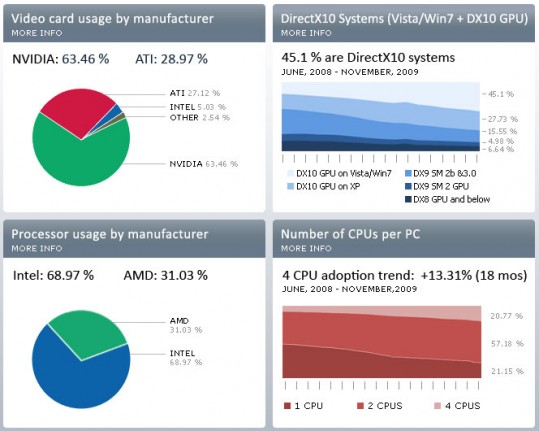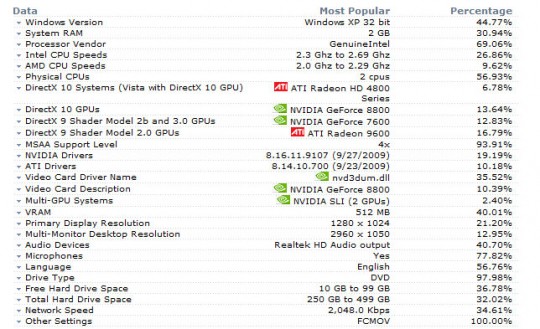Upcoming new product – Google Store view
Just discovered the story on Search Engine Land that Google took indoor pictures of a brick and mortar store for a new product named “Google Store Views”. That will allow Google to further enhance their Google Maps service. Not only will you be able make a virtual walk with Google street view in the future you will be able to walk into the stores. If you think further and combine this with google checkout, google product search, google voice, …you will end up with a virtual layer completely controlled by Google.
A shopping trip to Tokio is a virtual trip within Google maps. Not only can you discover Shibuya but you can enter any store – from your PC or even Mobile Phone. From there you can initiate a call just by pressing a button or following the link to the homepage of the store. The store homepage might be also hosted by Google (Google Sites, Google Checkout Gadget)…There are sooo many possibilities for Google.
I think it’s nearly a year ago i had two sessions with senior executives from yellow pages companies. We had a very interesting discussion about the latest market developments and the threat of being substituted by Over-the-top players like Google, Qype or Yelp. On one page of the slide deck i had an overview of relevant services provided by Google. While talking about Google Maps, i told them, that I’m truly convinced that the next logical step will be the extension of Google Maps with indoor views of brick and mortar stores. 🙂
Upcoming new product – Google Store view Read More »


